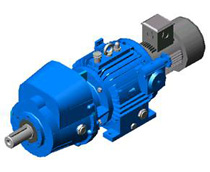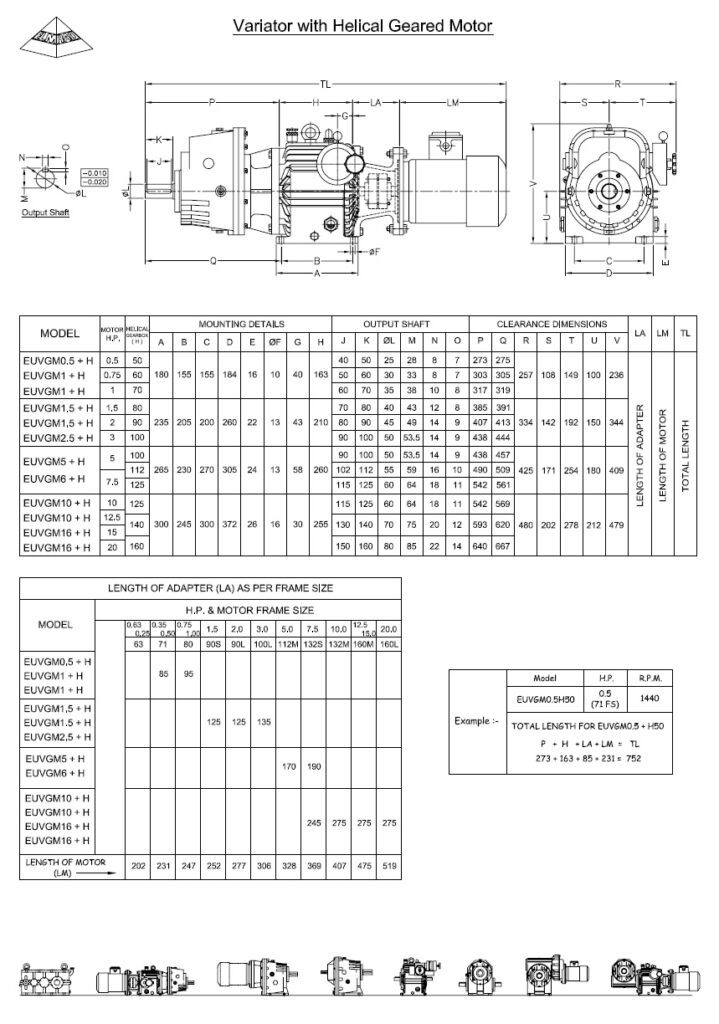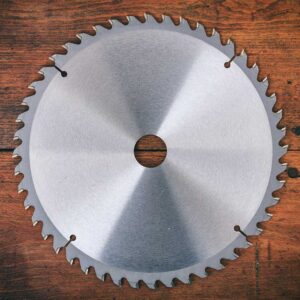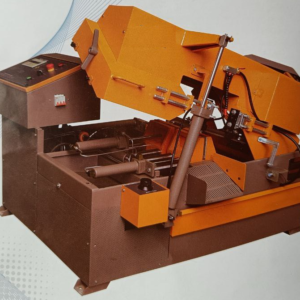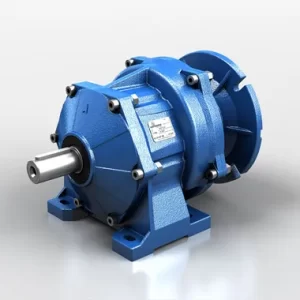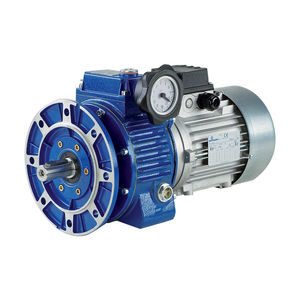Speed Variations:By feeding fixed speed to Variator, steeples speed variation can be obtained from
- Max. Speed = 1.7 x Input speed to
- Min. Speed = 1/7 x input speed
- Max.Speed/Min.Speed = 12:1 to 3:1 depending upon selection
_________________________________________________________________
Torque Multiplier:
When speed is reduced, Variators can replace Gear Boxes.
_________________________________________________________________
Speed Multiplier:
Up to 1.7 times input speed without necessity of speed increasing gear.
_________________________________________________________________
High Output Torque – Over Load Capacity:
Up to the standstill of an electric motor of the same power acting as a mechanical clutch.
_________________________________________________________________
High Efficiency:
Overall 85% throughout full speed range ideally used for constant power transmission applications in all types of Industries.
__________________________________________________________________
Speed Holding:
Quite stable with uniform load and within 0.25% with Max. Load.
__________________________________________________________________
Reliability:
Drive is highly reliable with long life as load is equally distributed on number of conical Rollers, which are hardened, and ground to close tolerance.
__________________________________________________________________
Simple Design:
Can be attended by skilled fitter as no electronic/electrical parts/circuits are involved.
__________________________________________________________________
Compactness:
High Power Transmission capacity with small dimensions.
__________________________________________________________________
Speed Control:
Quick and simple. By rotating control knob in running condition only.
__________________________________________________________________
Free From Noise And Vibrations:
No moving parts like Chins, Belts, etc. Drive is through rolling action of PRECISION ROLLERS, which are continuously lubricated. All components are well balanced.
__________________________________________________________________
Bi-directional Rotation Of Output Shaft:
Clockwise/Anti Clockwise depending upon Input shaft rotation, viz. Anti Clockwise/Clockwise respectively.
__________________________________________________________________
Totally Enclosed Unit:
Ideal for hazardous zones.
__________________________________________________________________
Maintenance:
Practically maintenance free. Only ensure proper lubrication.
__________________________________________________________________
Collinear Input & Output Shaft:
In-Line Input and Output Shafts.
__________________________________________________________________
Before Selecting the Variator Consider Following:
Load Factors:
- Uniform load: 1
- Medium shock load: 1.5
- Heavy shock load: 2
Service factors:
- 8 Hours running – 1
- 16 Hours running – 1.25
- 24 Hours running – 1.5
Efficiencies of various driving elements used in drive system.
For frequent start/stop, reversal operation, and high moment of inertia load consult us
____________________________________________________________________
For Further Reduction Use At The Output Shaft Of The Variator:
- Chain drive (positive)
- Belt drive (slip occurs) For reduction up to 4:1
- Suitable reduction gear boxes (worm/helical) by Elmrad

